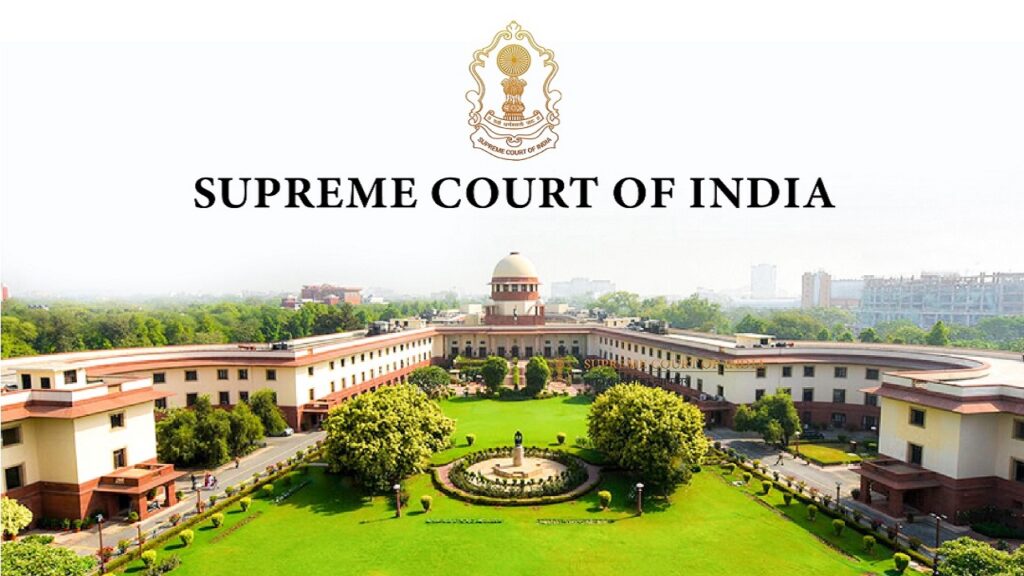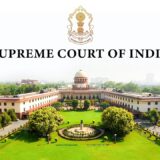The Supreme Court stated that the constitutional validity of a law cannot be questioned based on a breach of the Constitution’s basic structure.

The Supreme Court has confirmed that the constitutional validity of a law cannot be questioned based on the basic structure of the Constitution. The panel, including Chief Justice DY Chandrachud, Justice JB Pardiwala, and Justice Manoj Misra, stated that a law can only be invalidated if it violates Part III or any other part of the Constitution, or if it lacks legislative authority. The Court explained that ideas like democracy, federalism, and secularism are not clearly defined. If courts could invalidate laws based on these ideas, it would create uncertainty in constitutional decisions. The panel added that recently, the Court recognized that challenging a law’s constitutional validity based on the basic structure is a technical matter, as any violation must be linked to specific provisions of the Constitution. Therefore, to challenge a law for violating secularism, it must be demonstrated that it breaches the Constitution’s provisions on secularism.
The Court looked into how the basic structure doctrine can be used to evaluate the constitutional validity of regular laws. It reviewed important cases that showed differing opinions on whether laws, unlike constitutional amendments, can be challenged for violating the Constitution’s basic structure. The basic structure doctrine, set in Kesavananda Bharati v. State of Kerala (1973), stated that certain key elements of the Constitution cannot be changed by Parliament. In Indira Nehru Gandhi v. Raj Narain (1975), most judges decided that this doctrine does not apply to regular laws, as these laws are lesser than constitutional amendments and fit within legislative powers. However, Justice M. H. Beg disagreed, suggesting that the basic structure could apply to laws that go beyond legislative authority. This view was supported in State of Karnataka v. Union of India (1977), where Justice N. L. Untwalia and other justices agreed that laws cannot be struck down under the basic structure doctrine if they align with constitutional rules. Justice Y. V. Chandrachud also supported this, stating that as long as a law is within legislative powers and does not violate Part III of the Constitution, it should not face such challenges. Nonetheless, Chief Justice Beg maintained his dissent, advocating for the doctrine’s use to evaluate laws that might conflict with the Constitution’s fundamental principles.
Later decisions, such as Kuldip Nayar v. Union of India (2006), supported this view. However, in Madras Bar Association v. Union of India (2014), Justice J. S. Khehar used the basic structure doctrine to examine a law that aimed to shift judicial power from High Courts to tribunals. He argued that if the new tribunals do not meet the standards of the courts they replace, it would violate the Constitution’s basic structure. The Court also looked at this doctrine again in Supreme Court Advocates-on-Record Association v. Union of India (2015) regarding the National Judicial Appointments Commission Act. Justice Khehar noted that while breaches of the basic structure are technical issues, they might not be seen as legal problems. In contrast, Justice Lokur agreed with the majority opinion that the doctrine should not apply to laws, maintaining the principle from the State of Karnataka.
Cause Title: Anjum Kadari & Anr. v. Union of India & Ors. [Neutral Citation No. 2024 INSC 831]









